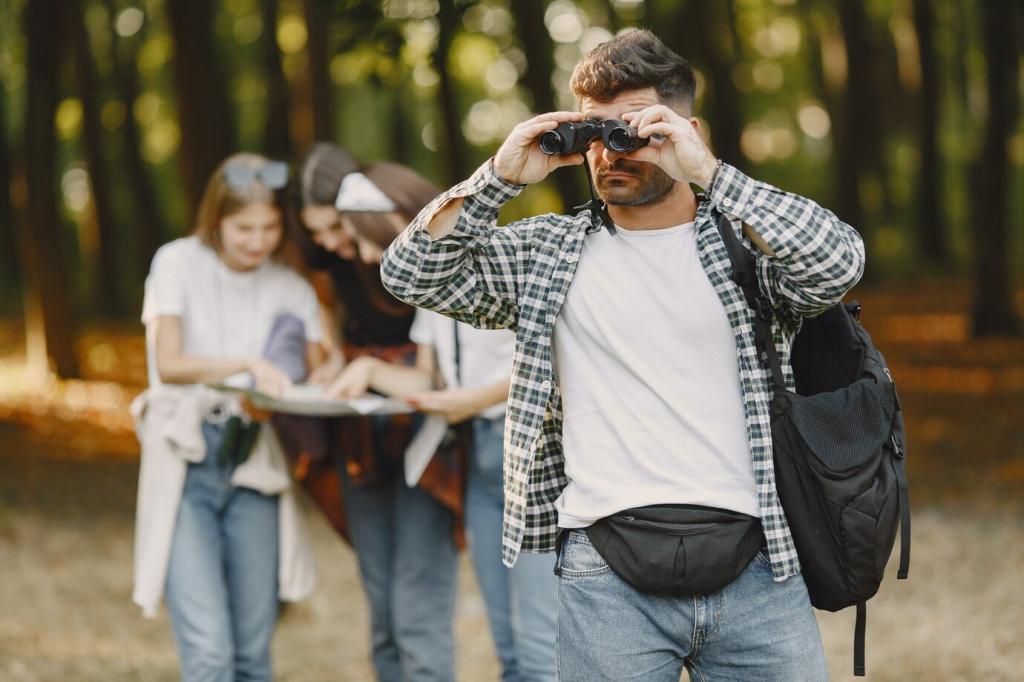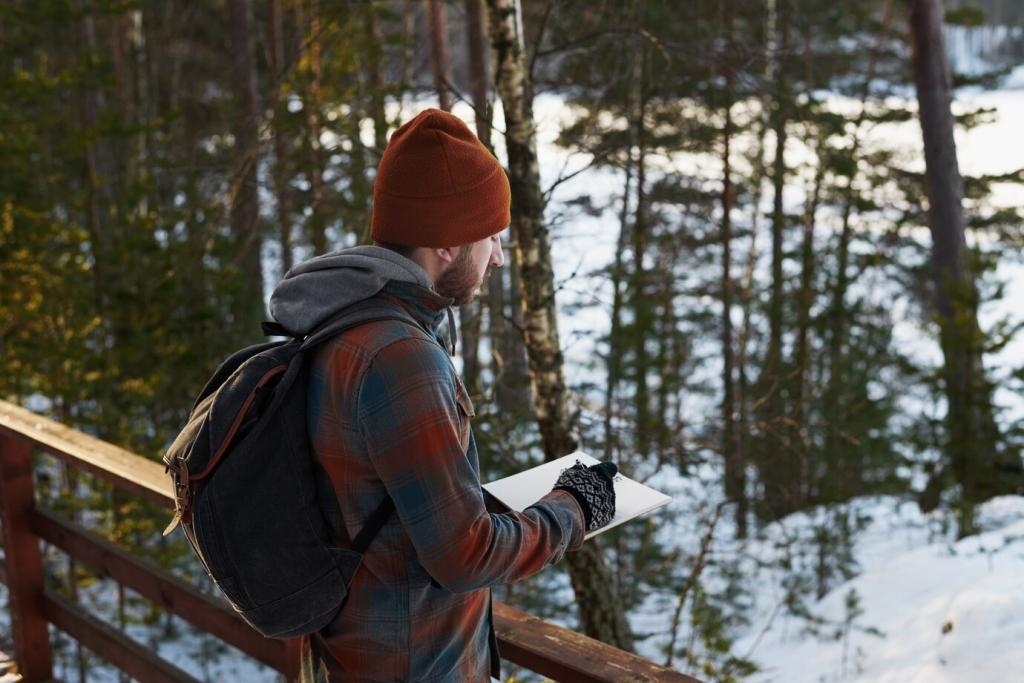Pre-Hike Checklist and Post-Trail Reflection
Study hourly forecasts, wind profiles, and avalanche bulletins where relevant. Set bailout points and time limits. Turning back is not failure; it is skillful judgment. Share your decision frameworks with our community so others can learn and stay warm safely.
Pre-Hike Checklist and Post-Trail Reflection
Stage your puffy near the top, shell in the brain, and spare socks in a dry bag. Gloves live in hip belts for on-the-move adjustments. Efficient access keeps heat where you need it and avoids rummaging with numb fingers in freezing gusts.





